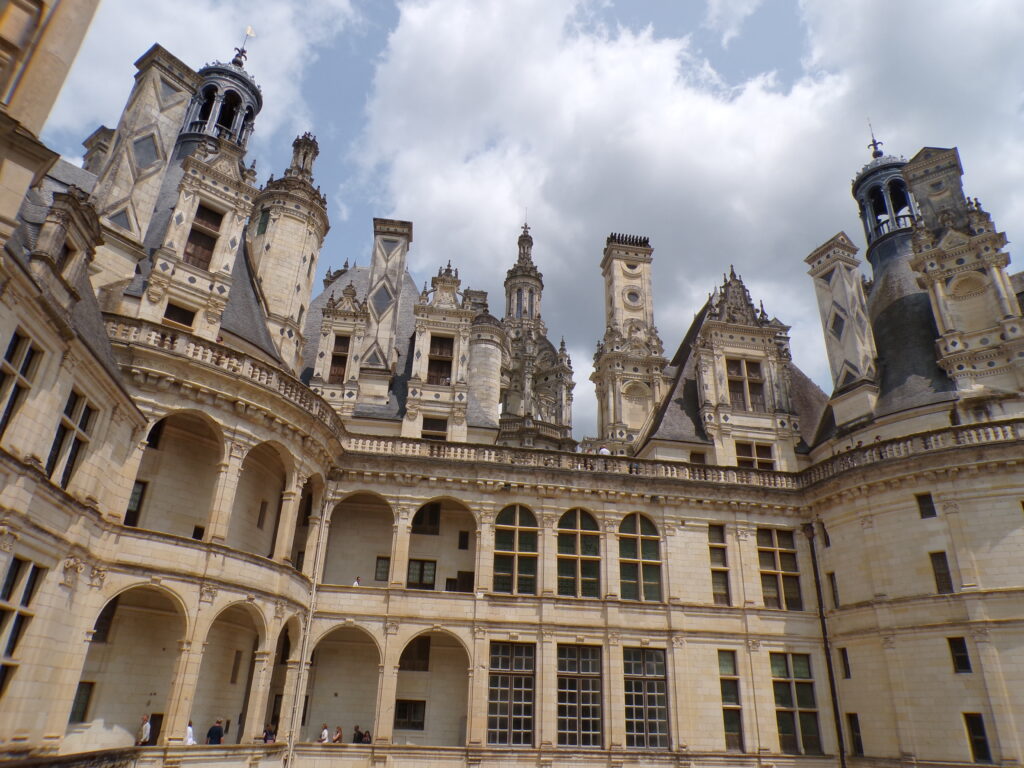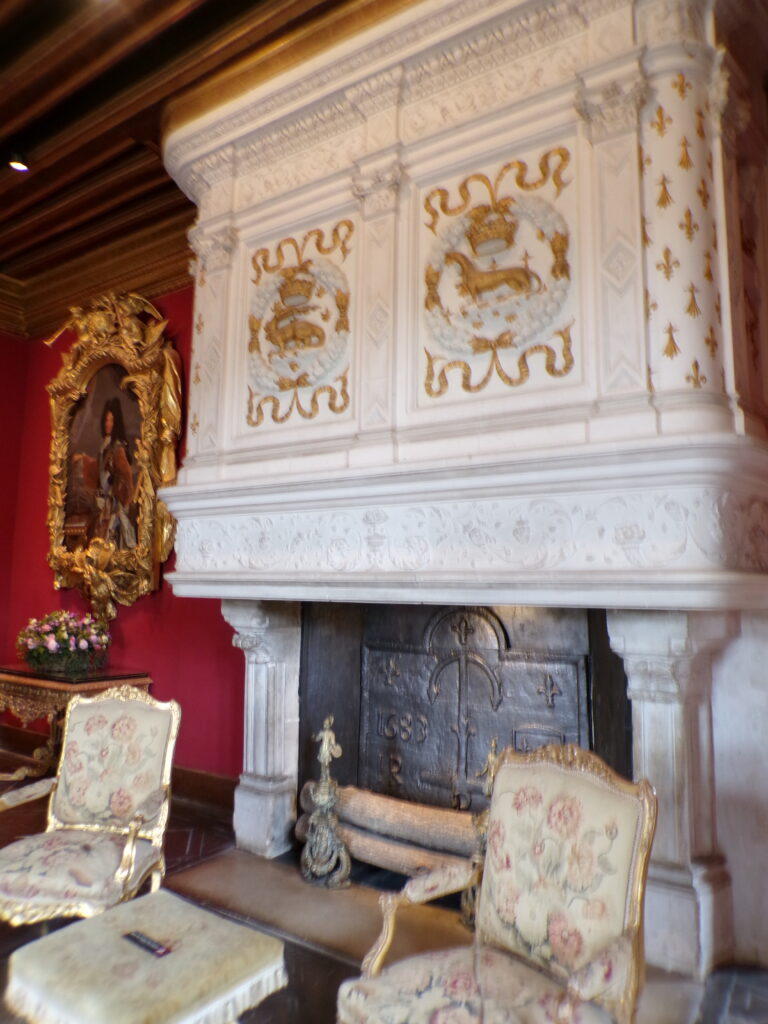
While studying abroad and taking classes in France has been AMAZING, one of my favorite aspects of studying in Tours, France has been the easy access to living French History. The Loire Valley has over 100 castles built between the years 500 and 1800!!
On a typical day in Tours, I start with three hours of class in the morning—but once noon hits, adventure calls. With a train ticket in hand and a sense of curiosity in tow, I set off to explore the region’s breathtaking châteaux. So far, I’ve wandered through the romantic arches of Chenonceau, admired the elegance of d’Azay-le-Rideau, strolled the floral gardens of Villandry, and climbed the historic heights of Amboise. I’ve stood in awe at Mont Saint Michel, explored the medieval secrets of Forteresse de Montbazon, and gotten lost in the grandeur of Chambord, Blois, Chaumont, Loches, and Chinon. You might think that castle-hopping would get repetitive—but every site has offered something entirely unique, whether it’s intricate artwork, sweeping views, or centuries-old stories waiting to be uncovered.
Whether it be the extensive gardens of Chenonceau and Villandry, the battle enforcements of Amboise, Montbazon, and Loches, or the intricate carvings of Chambord and Blois, every castle had something new to offer. Because they are all in the same region, there are names, like Henri and Francois 1er, that pop up periodically throughout many of the locations. However, every location has its own story and place in history. Some were sites of royal intrigue, others strategic military strongholds, and a few? Lavish wedding gifts from none other than Louis XIV himself. Every visit felt like stepping into a new scene of France’s grand historical drama.
In my history class with Dr. Grout this last fall, we learned about the ubiquitious nature of the Fleur-de-lys, a symbol used by the French monarchy to symbolize an eternal presence of the king’s power. Once I started exploring the castles from this time period, I began to see this symbol imprinted in almost every single room, especially the public rooms. It would be carved into fireplaces, stitched into curtains, and even emblazonzed in gold within every painting. Being able to see firsthand the impact of the history I’ve been learning about at the University of Alabama has been one of the most rewarding parts of this experience.
In the photo I took below, not only is there a painting of our favorite French king, but the fireplace has so many symbols of the history of the region! The sides are adorned with the Fleur-de-lys and the Ermine: This symbol represents the Duchy of Brittany, which was the domain of Queen Claude of France. She maried into the royal family, so many of the castles in the Touraine region show both of the symbols next to each other. The same partnership is shown in the animals. The dog is paired to her while the salamander is widely considered to be the personal symbol of François I of France.

By the end of the trip, we even started saying “Not today Francois Premiere!” as a silly motto to joke about how this man impacted the Touraine region to such a huge degree. Our experiences as a group uncovering the secrets of the French countryside are memories I will never forget.
